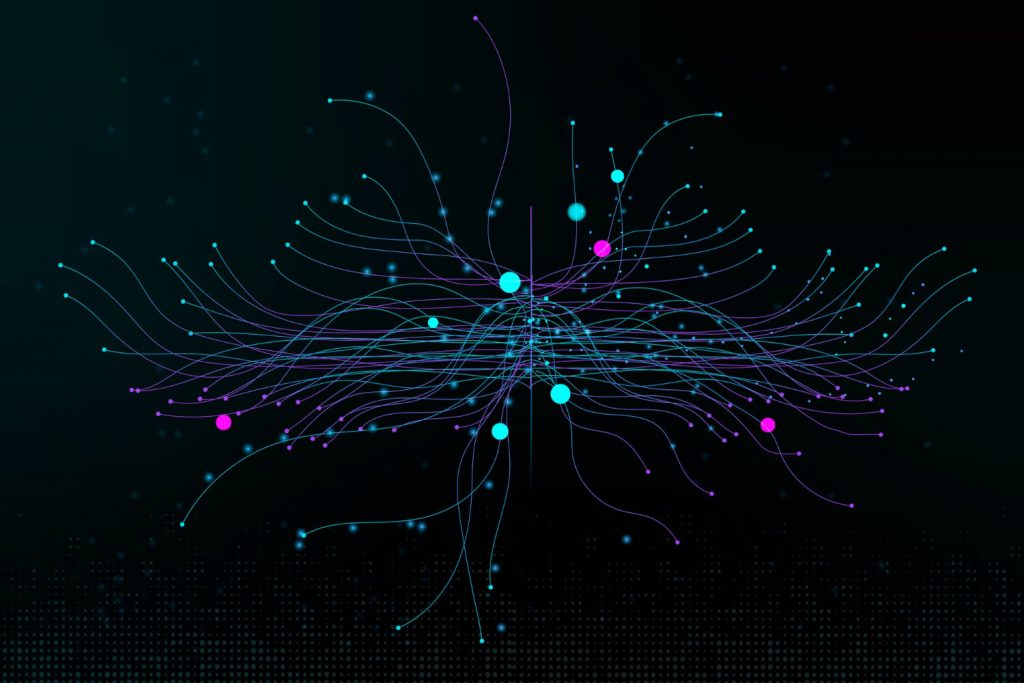The landscape of cybersecurity is being reshaped by generative AI (genAI), a technology that holds immense potential for both strengthening defenses and posing new threats. As we navigate this new terrain, it’s crucial to understand the challenges and opportunities presented by genAI in cyber threat intelligence (CTI) and cybersecurity at large.
The Dark Side of Generative AI
Recent reports have highlighted a worrying trend: cybercriminals are developing their own ChatGPT clones, such as WormGPT and FraudGPT, for malicious purposes like phishing and malware creation. These rogue AI models, lacking the ethical barriers and safety measures of legitimate large language models (LLMs), pose a significant threat to cybersecurity. With the ability to generate convincing and strategic content, these tools have the potential to enhance the effectiveness of cybercriminals, making them a notable concern for security professionals.
Addressing Privacy and Trust in Generative AI
On the flip side, genAI offers a quantum leap in cyber threat intelligence. It can analyze and correlate vast amounts of structured and unstructured data, providing invaluable insights for security teams. However, for genAI to truly revolutionize CTI, vendors must address critical concerns about data privacy and trust. Users and organizations need assurances that their sensitive information is protected and that the AI’s outputs are reliable and not based on conjecture or outdated information.
Vendors’ Role in Safeguarding Data
To address these concerns, genAI vendors should provide full transparency regarding data protection and adhere to privacy regulations. Features like the ability to opt out of data sharing, delete training data, and ensure that prompts and results are securely stored are essential. Additionally, minimizing data transfer, masking sensitive data, and local data processing can help in safeguarding data privacy.
Establishing Trust
Trust in genAI is crucial. The issue of “hallucinations” – AI generating fabricated answers – can erode confidence in these tools. Vendors need robust feedback mechanisms, ongoing in-house review, and limitations on data access to ensure the accuracy and reliability of their AI models.
Recent Developments and Future Outlook
As of late 2023, advancements in genAI have continued to address these challenges. The latest models are more adept at handling sensitive data securely and providing accurate, context-aware responses. Cybersecurity teams are increasingly leveraging genAI for tasks like alert prioritization, threat detection, playbook creation, and incident response, leading to a more proactive approach in combating cyber threats.
Conclusion
Generative AI stands at the forefront of a new era in cybersecurity. While it brings unprecedented capabilities to enhance security postures, it also opens doors to new forms of cybercrime. For organizations like munit.io, staying informed about the latest developments in genAI, understanding its dual nature, and implementing robust security measures are key to harnessing its benefits while mitigating its risks. As we step into a future where AI becomes increasingly integral to cybersecurity, a balanced approach that addresses both its potential and its perils will be crucial.
